Spinal Traction is a treatment that involves manual therapy that is used to treat spinal Decompression or back pain conditions. Traction involves pulling or drawing. To do some work using hands or any device, we apply force to the spinal column; this force is called spinal traction. The main intention of spinal traction is to pull apart the adjacent bones slightly away from each other to make more room between them. Decompression means “to lessen the pressure applied on something physically or to reduce or release the physical pressure.” Generally, these terms are being used interchangeably.
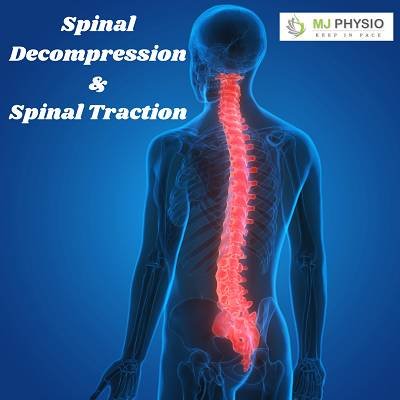
Effects of Spinal Traction:
- Elongation of the Spine Mechanically
Due to spinal traction, decompression occurs; which means the mechanical separation of the vertebrae, which causes:
- the spinal muscles to stretch
- mild tension on the facet joint capsules and ligaments
- expansion in the intervertebral foramina
- straightening of the spinal curves
- sliding in the facet joints
- Facet Joint Mobilisation
The facet joints, (also called zygapophyseal, zygapophysial joints, Z-joints or apophyseal) are the set of plane joints between the articular processes of two vertebrae that are next to each other. There are two facet joints in every motion segment in the spine.
As a result, the facet joints go through a translation or sliding of the facet surfaces; separation or distraction of facet surfaces, and approximation or compression of the facet surfaces. While this is not proven empirically, the movement in these joints allows an increased range of motion and blood components at the joint.
Research suggests that mobilization effects the levels of blood components and reduction in the inflammatory proteins. Thus, it is suggested that mobilization is a potential therapeutic modality to lessen the inflammatory response. It works as an anti-inflammatory mechanism. Spinal manipulative therapy causes a reduction in inflammatory cytokines but not in the production of substance P in normal terms.
- Relaxation of Muscles
There is a reduction in pain caused due to the guarding muscle, spasm and greater vertebral separation and it causes the muscles to relax. The relaxation of muscles is due to the neurophysiological process because of stress or stimulation of joint mechano-receptors and organs related to muscle sensory reduce the tension and contraction of muscles. These effects are important for relieving stress on the vertebral column.
- Decrease in Pain
The effects of traction that causes the reduction of pain from spinal traction are as follows:
- An increased circulation is observed due to the movement. It reduces stricture from the congestion in the circulatory system. It improves circulation which in turn helps to decrease the concentration of painful chemical irritants that are present in the joints.
- The separation between the vertebra widens or increases the space at which the nerve exits, which is also termed as neuroforamen. It causes a reduction in pressure that is exerted on the nerve root that is impinged.
- The stretching in tight tissue increases the motion present at the, which causes reduction of pain in the segment; the pain might have initiated due to strain or stress on the pain nerve endings or the nociceptors.
- Distraction of the surfaces or tension exerted on the facet joint capsule releases the entrapment of the cartilage present between the joints which is also called the meniscus.
- The stimulation in mechanoreceptors of joint blocks the transmission of painful stimuli at the brain stem level and relieves the pain.
- The neurophysiological inhibition of reflex can be caused by muscle guarding and results in the reduction of myo-spasm.
- Special effects on the Cervical and Lumbar Discs
- It creates negative pressure between the discs and promotes repositioning and retraction of the bulging or herniated disc material.
- It may create pressure in the disc that causes an increase in the healing nutrients and other helpful substances in the disc. It can generate a better healing environment.
Also See: Importance of Class 4 Laser Therapy
Bottom Line: Is Spinal Traction or Decompression the best for you?
There are various ways in which spinal traction relieves pain in the spinal column. The most important aspect is to determine if the treatment is the best one for you. Everything finally depends on the right treatment for the right person depending on the condition and should happen at the right time. It is determined based on the diagnosis, the stage or how critical the injury is. It is very important to determine if it is safe for you.
It is crucial to know that not all spinal conditions respond to the spinal traction/decompression treatment. Moreover, there are situations in which the conditions are aggravated by it. Assessment of the condition by a qualified medically trained professional helps in identifying the conditions and to determine if this treatment is suitable for you.
Frequently Asked Questions:
- How often can I undergo spinal decompression therapy?
If the injury is severe, one session per day will help in faster healing. - What is traction in physiotherapy?
Traction is a therapy that helps in relieving pressure on the affected areas.

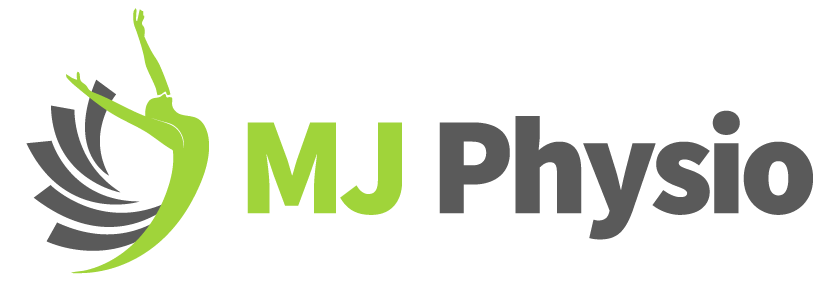
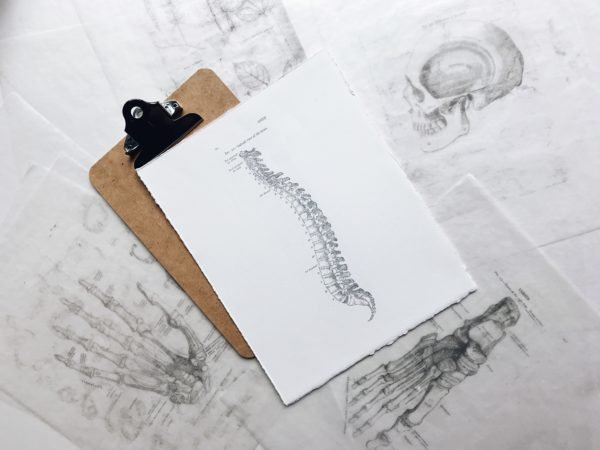

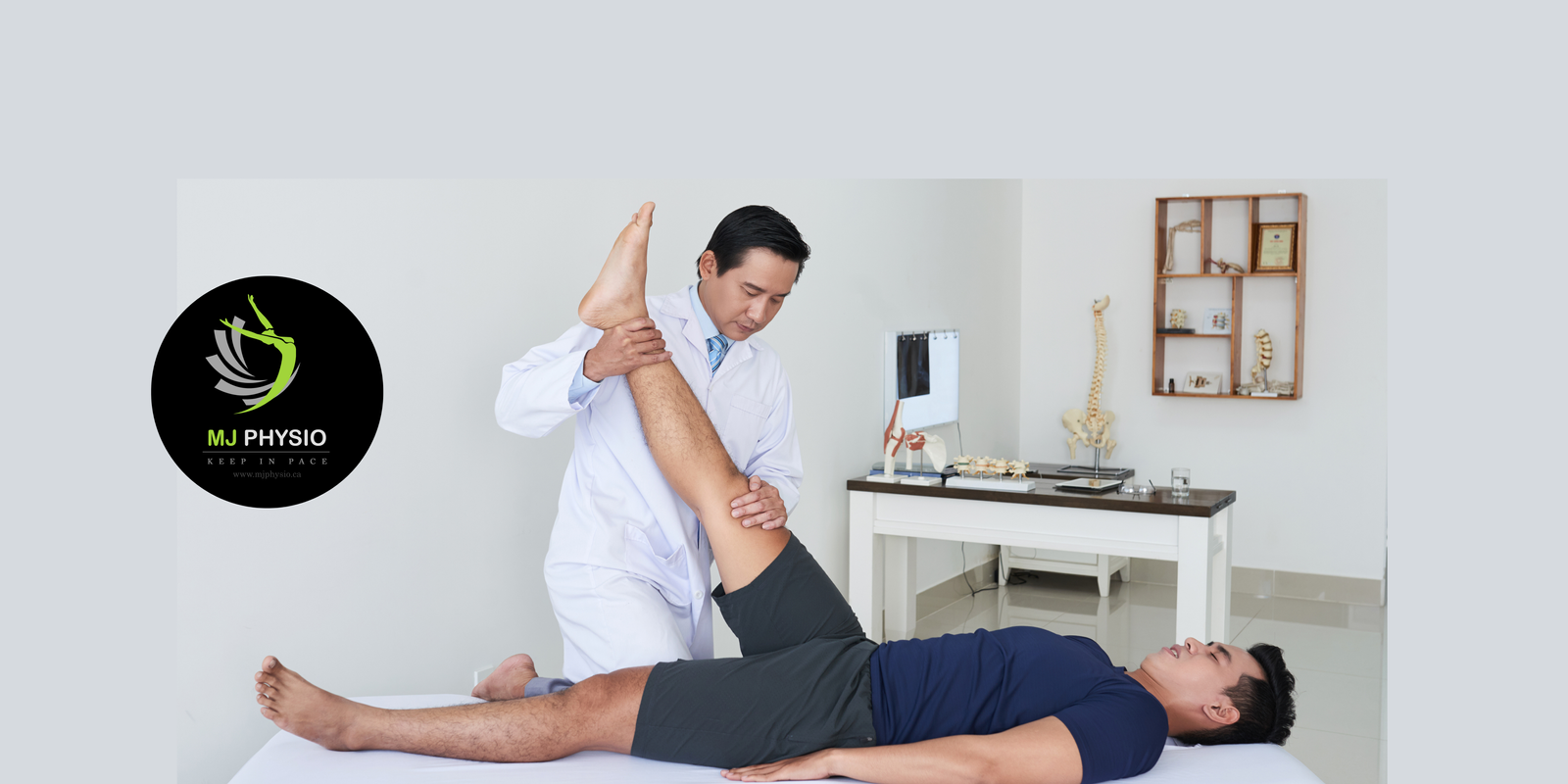
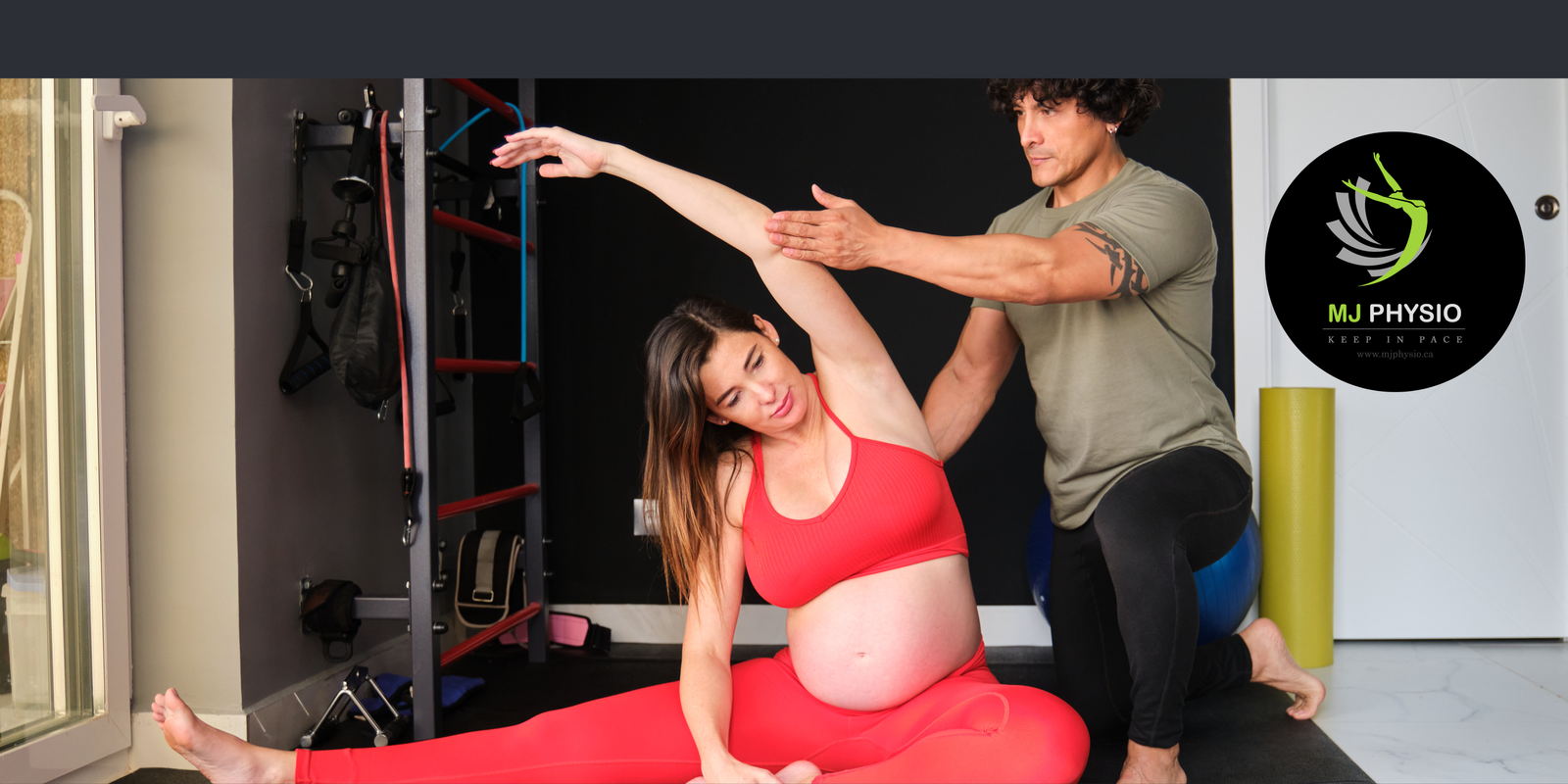
Post Comments